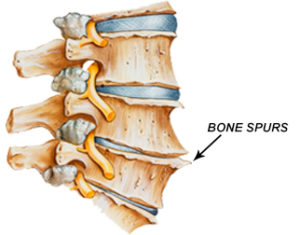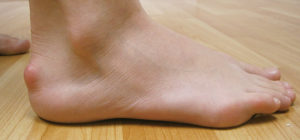What is a Bone Spur?
A bone spur (also known as an osteophyte), can be described as an abnormal growth of a bone on top of normal bone. It’s usually a small, smooth projection which develops on the surface of the normal bone. It can press down on other normal bones, and also on the nerves, ligaments, and tendons, wearing them down, and causing pain.
The pain usually gets worse after an activity, and gets better after resting. The most common place for a bone spur to develop, is on or near the spine. Bone spurs are most common in persons over the age of 60 years, however, it can affect people of all ages.


Causes and Risk Factors of Bone Spurs
There are various factors which contribute to the condition. They include, but not limited to;
- Aging.
- Disc, and joint degeneration.
- Heredity; The condition can be passed through the genes.
- Injuries, including sports related injuries, and car accidents.
- Poor nutrition.
- Poor posture.
- The condition can also be caused by structural problems which a person is born with.
- There are also certain conditions which can increase the likelihood for bone spurs to develop. They include, but not limited to; Arthritis, osteoarthritis, spinal stenosis, DISH (also known as Diffuse idiopathic skeletal hyperostosis), among others.
Signs and Symptoms of Bone Spurs
Neck pain and back pain are some the most common symptoms of bone spurs. The other most common signs and symptoms include, but not limited to;
- Numbness.
- Muscle weakness.
- A tingling or burning sensation (pins and needles in the feet and hands).
- Loss of proper coordination in a certain part of the body.
- A dull pain in your lower back, or the neck region when you stand or walk.
- Muscle cramps or spasms.
- A radiating pain near the thighs and buttocks.
- Headaches, and a radiating pain near the shoulders.
